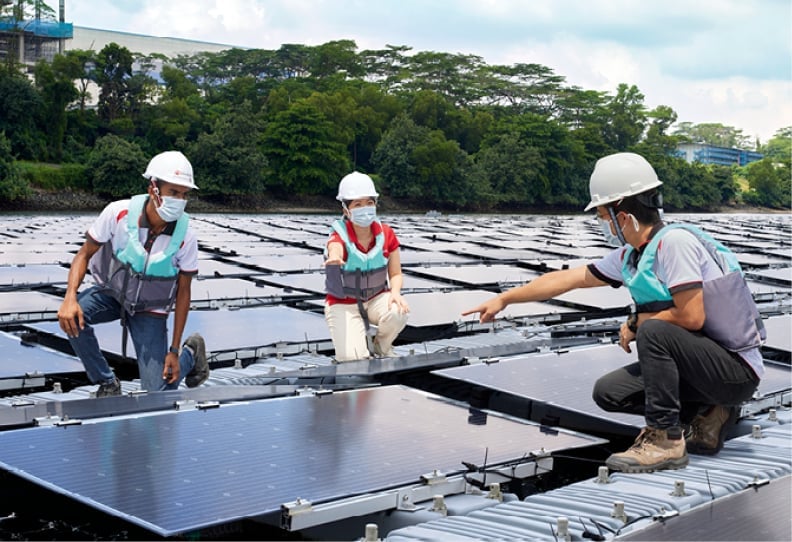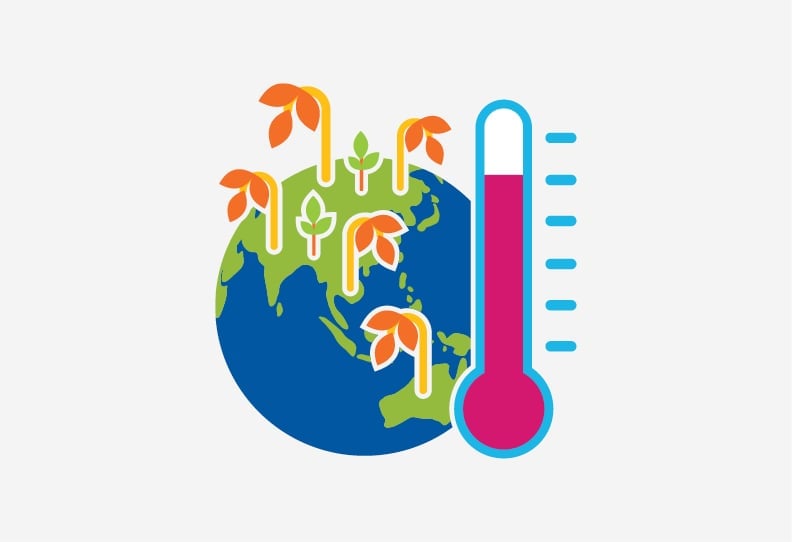Putting a Price on Carbon
Climate change is an existential threat for the world.
COVID-19 has shown that we can address this with forward looking policies and pre-emptive actions by governments, bold innovation & investment by businesses, and behavioural change by us all. It has also made it clear that we need to tackle such challenges together — no one is safe until everyone is safe.
The nub of the climate emergency is the externalisation of the future costs of carbon emissions. This is further clouded by the long lag between actions and results, the tragedy of horizons.
Carbon pricing internalises the economic and social costs of carbon emissions, such as the increasingly negative consequences to liveability. The impact is wide-ranging, from acute risks such as extreme weather events, to chronic risks such as rising sea levels. As a result, the viability of businesses and economies will be impacted. Carbon prices may need to surpass US$100 per tonne of carbon dioxide equivalent (tCO2e) by 2030 to drive effective decarbonisation and deliver on the Paris Agreement.
Carbon pricing internalises the economic and social costs of carbon emissions, such as the increasingly negative consequences to liveability.
We have set an initial internal carbon price of US$42 per tCO2e to inform our investment decisions. A portion of our long term incentives will be aligned with our 10-year carbon targets.
Carbon pricing internalises the economic and social costs of carbon emissions, such as the increasingly negative consequences to liveability.
We will refine our carbon pricing strategies during this coming decade, likely with increasing internal carbon pricing, as we get further clarity on the economic and policy levers of change.

